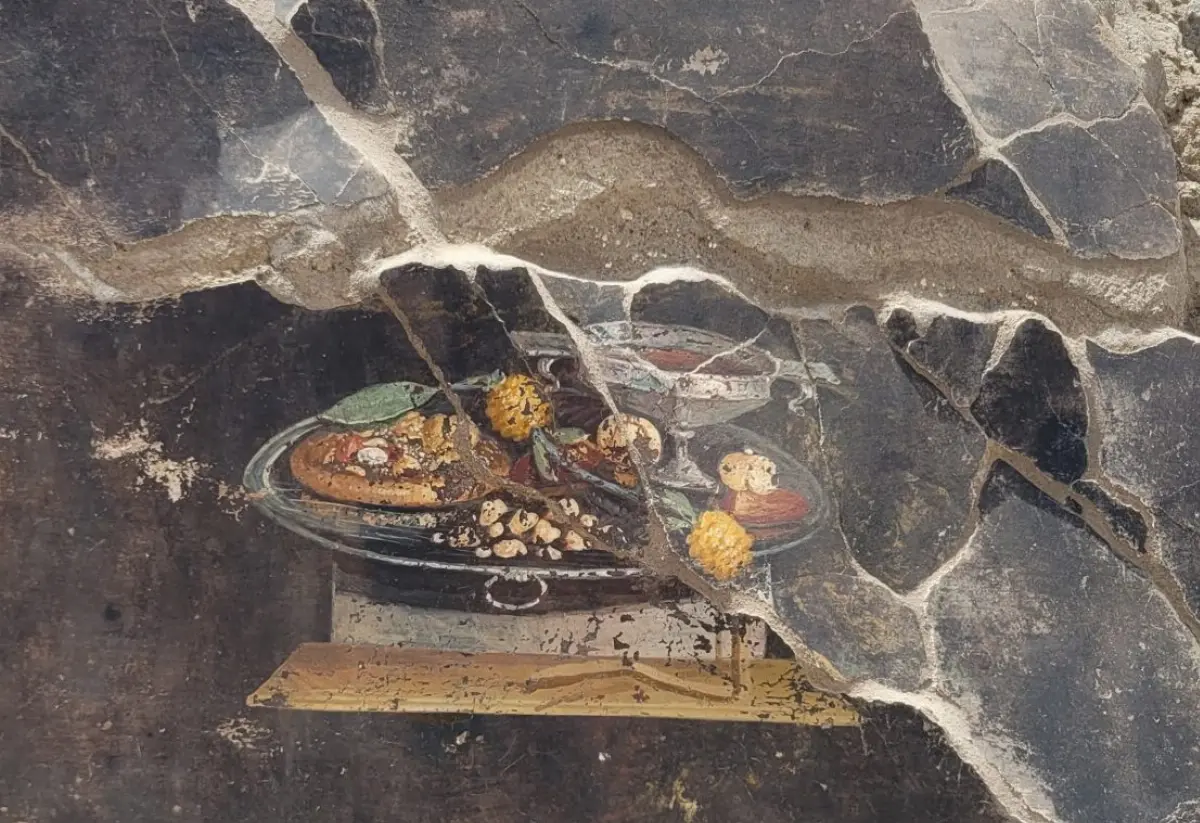
Do you want to access to this and other private contents?
Log in if you are a subscriber or click here to request service
Focaccia or pizza? The dilemma of the fresco found in Pompei
The discovery of the find in the atrium of a house to which a bakery was attached

Focaccia or pizza? No, this time it is not the dilemma of some made-in-Italy gourmand enthusiast. Rather, it is what emerged in the analysis of a still life found in a fresco analyzed during excavations in insula 10 of Regio IX in Pompeii. The fresco was found in the atrium of a house to which a bakery was attached, which had already been explored in part between 1888 and 1891 and whose investigations...
fc - 32526
EFA News - European Food Agency
EFA News - European Food Agency